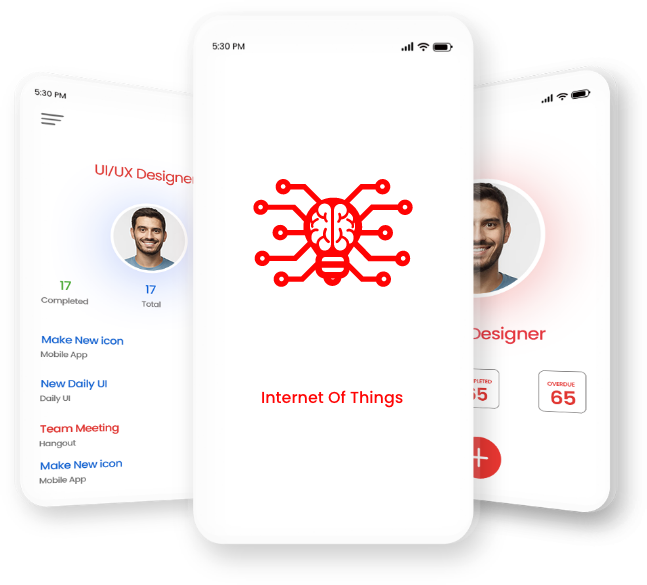
Internet of Things
Enabling enterprise strategies for new beginnings' Building smart cities & smarter homes with WiFi devices for industrial & manufactural insights. IoT-enabled smart city implementation spans multiple fields including contributing to a healthier environment, improving traffic, enhancing public safety and optimizing street lighting. Similarly, IoT home automation is the ability to control domestic appliances by electronically controlled, internet-connected systems. It may include setting complex heating, lighting systems in advance, setting alarms and/or home security controls, all connected by a central hub and remote-controlled by a mobile app.
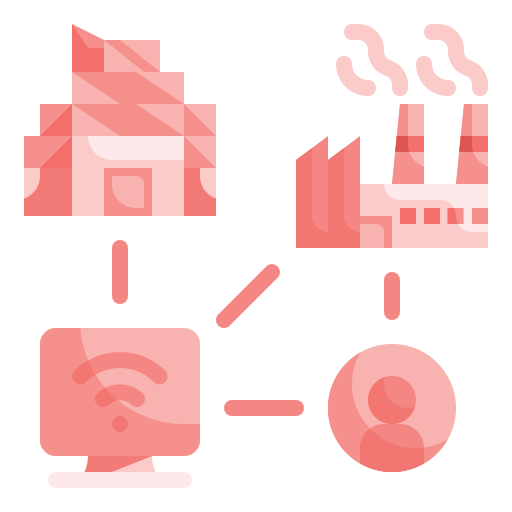
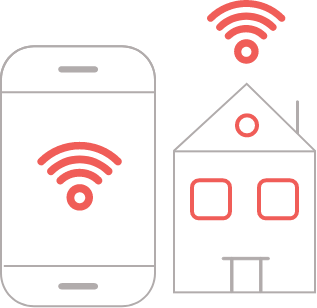
Home Automation
With the help of suitable IoT devices, home automation has become very easy and has helped IoT companies to flourish well. In home automation, allowing control of various IoT devices just with a single click and that too without the hassle of manually doing so. Controlling all aspects of a home from lighting, bathroom appliances, to temperature control through air conditioning, garden irrigation, security systems and kitchen appliances from just a mobile phone interface is what makes IoT home automation so favourable by doing these small things right. And to top it all, these are only a selected few IoT applications that are commonly used for making your Home, a smart home. The list is long but distinguished.
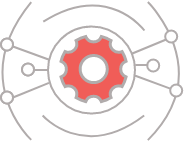
Industrial Automation
Interconnected sensors, instruments, and other devices networked together in an industrial setting. This connectivity setup allows for remote access and monitoring, but more importantly, it allows for data acquisition and collection, exchange and analysis of different data sources. This has enormous potential for improving productivity and efficiency. Industrial IoT solutions are characterised by their low cost and fast implementation.
- Some of the key features of IIoT include:
- Internet enabled devices like PLC, HMI, IP cameras and sensors.
- Connectivity of devices through networks.
- Collection, storage and processing of data.
- A centralised and secure cloud platform for hosting the data and enabling remote services.
- Data collection and automated analysis to send alerts and reports.
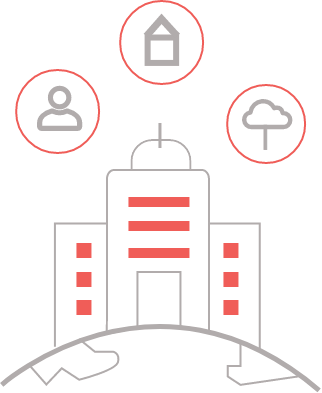
Smart Environment Implementation
The main features and services in key smart environments include but are not limited to smart home, smart health, smart cities and smart factories. To diversify, smart environments can gather water and energy usage data from sensors, send that data to smart devices, and allow users to reduce their water and energy use accordingly.
The same principles are applied to healthcare & medical industries and fitness industries and activities using IoT devices which monitor bodily parameters to optimize the process at hand.
Our approach to IoT Solutions
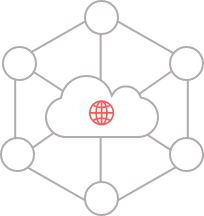
Recognize IoT Possibilities
Understanding the broader aspect of where IoT can be used as a solution.
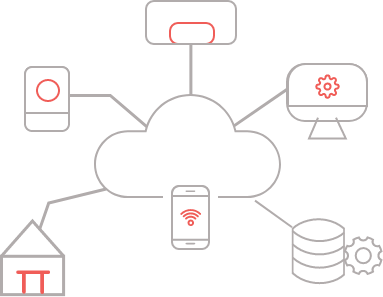
Translate IoT To HarnessRequirements
Transforming the requirement structure to accommodate IoT to eradicate the problem by using IoT as the solution.
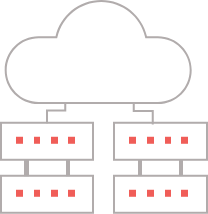
Architecture Formulation
Setting up the base of the solution after taking all technical aspects into consideration by generating frameworks and architectural diagrams.
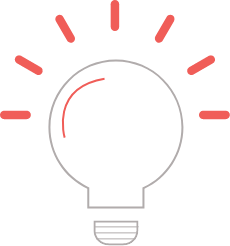
Build & Deploy IoT Service
Giving structure to the problem solution and enabling deployment through suitable technologies.

Founded in 2015, Sudofire is recognised as an Innovative Solution Provider by D.P.I.I.T for developing a framework that enables our developers to be more efficient with their coding skills.
SERVICES
CONTACT INFO
WEBSITE: https://sudofire.com
EMAIL: sales@sudofire.com
PHONE: +91 88268 59368
OFFICE LOCATION:
Sudofire Technologies, 1st Floor, Landmark Cyberpark, Sector 67, Gurugram, Haryana